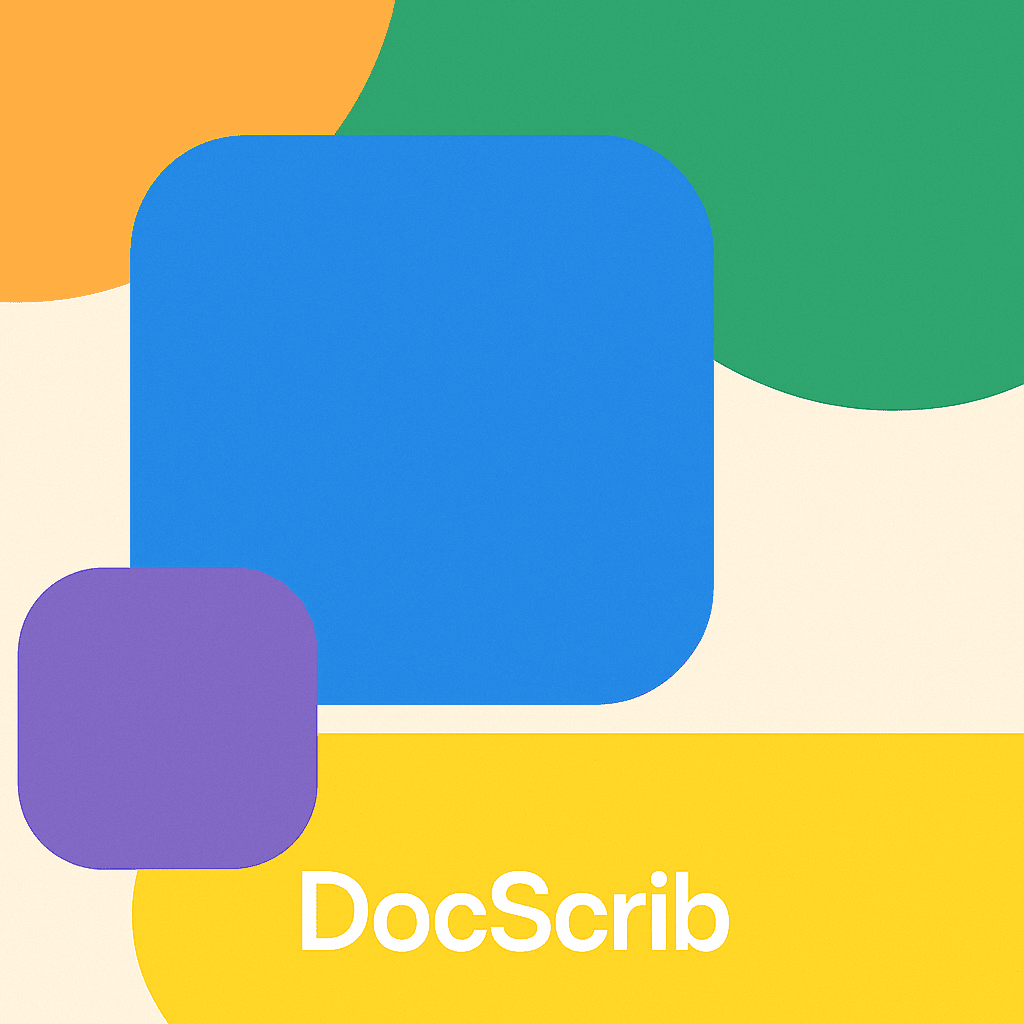Updated on: July 24, 2025
Introduction
Self-esteem lies at the heart of emotional well-being. It shapes how we view ourselves, relate to others, and cope with challenges. For clinicians, helping clients build healthier self-esteem can open doors to lasting confidence, improved relationships, and resilience against anxiety and depression. One of the most effective and accessible tools to support this growth is the self-esteem worksheet.
In this comprehensive guide, we’ll explore the role of self-esteem worksheets in therapy, explain the psychological theory behind them, provide age-specific tools and techniques, and offer downloadable templates clinicians can use right away.
Why Self-Esteem Worksheets Work
Self-esteem worksheets offer structured opportunities for clients to reflect on their strengths, challenge distorted thinking, and develop more balanced self-perceptions. They:
- Encourage intentional self-reflection
- Identify negative automatic thoughts
- Reinforce positive self-concepts
- Support CBT and other therapeutic modalities
- Provide measurable progress between sessions
Clinicians from diverse specialties—from child psychology to trauma therapy—incorporate worksheets as bridges between therapy sessions and real-life application.
The Psychology Behind Self-Esteem Building
Healthy self-esteem isn’t just about confidence; it’s a foundational belief in one’s worth and capabilities. According to cognitive behavioral theory, thoughts influence feelings and behaviors. Negative core beliefs (e.g., “I’m unlovable,” “I always fail”) often lie at the root of low self-esteem.
Therapy interventions focus on:
- Identifying unhelpful core beliefs
- Recognizing distorted thinking patterns
- Replacing automatic negative thoughts with realistic, compassionate self-talk
- Practicing small wins to build confidence
Self-esteem worksheets help operationalize this process.
Types of Self-Esteem Worksheets
- Sentence Completion Worksheets
- Prompts like “I feel proud when I…” or “I’m good at…” help clients access core self-perceptions.
- Ideal for clients who struggle to express themselves freely.
- Strengths Inventory Worksheets
- Clients list skills, talents, personal victories.
- Includes social, emotional, creative, academic, and interpersonal strengths.
- Self-Compassion Journaling Sheets
- Introduce language like “Even though I failed, I still deserve kindness.”
- Teach clients to respond to inner criticism with validation.
- Cognitive Distortion Challenge Sheets
- Clients identify and reframe patterns like all-or-nothing thinking, catastrophizing, and labeling.
- Values and Identity Maps
- Use visuals or bubble charts to help clients define who they are outside of achievement.
- Positive Affirmation Builders
- Structured worksheets for writing custom affirmations (e.g., “I am learning to…”)
- Self-Esteem Thermometers
- Visual tools for tracking progress on a 1–10 scale across domains (school, relationships, self-image).
Self-Esteem Worksheets by Age Group
For Children (Ages 6–12):
- Use coloring-based sheets like “Draw a time you felt proud.”
- Sentence stems: “I like myself when…”
- Role-play cards with positive traits (e.g., “Helpful,” “Brave”)
For Teens (Ages 13–18):
- Identity web diagrams (“Who am I outside school?”)
- Social comparison challenge charts
- Body image reflection grids
For Adults:
- Self-compassion journaling templates
- Past achievement timelines
- Workplace self-worth inventory
For Trauma Survivors:
- Trust-building sheets
- Rebuilding self-identity narratives
- Shame resilience inventory
Case-Based Worksheet Applications
Case 1: Child with Social Anxiety
- Used a “Superpowers” worksheet to identify 5 personal strengths.
- Tracked brave behaviors weekly.
Case 2: Teen with Negative Body Image
- Completed a “Mirror Talk” affirmation worksheet.
- Used “Instagram vs Reality” social comparison tool.
Case 3: Adult Facing Career Burnout
- Strengths and values chart to reconnect with meaningful goals.
- Reframed limiting beliefs (“I’m behind” → “I’m learning at my pace”).
How to Introduce Worksheets in Therapy
- Frame as a collaborative tool, not homework.
- Validate client discomfort with self-praise.
- Begin with shorter, structured exercises.
- Use visual formats for neurodiverse clients.
- Pair worksheet discussion with strengths-based language.
Chart: Self-Esteem Worksheet Type by Therapy Modality
| Therapy Approach | Ideal Worksheet Type |
|---|---|
| CBT | Cognitive distortions, reframing tools |
| DBT | Emotion log, self-validation worksheets |
| Narrative | Identity timelines, self-narrative builders |
| ACT | Values clarification, self-as-context maps |
| Play Therapy | Drawing, animal-character strengths tools |
Top 10 Affirmations to Encourage Self-Esteem
- I am enough as I am.
- I learn from mistakes without judgment.
- My worth is not defined by productivity.
- I treat myself the way I treat my friends.
- I am learning and growing every day.
- I deserve love and respect.
- I don’t need to be perfect to be worthy.
- I belong, just as I am.
- I celebrate my progress, not just the result.
- I am resilient and capable.
Tips for Clinicians Using Self-Esteem Worksheets
- Use visual aids or metaphors for abstract concepts.
- Integrate with mindfulness (e.g., pause before journaling).
- Celebrate small wins and worksheet completion.
- Combine worksheets with somatic work (grounding, breathing).
Digital vs Paper: What Works Best?
- Paper: Best for younger clients, kinesthetic learners, and trauma-informed settings.
- Digital (PDF-fillable, app-based): Ideal for remote therapy, teens, and adult professionals.
Visual Worksheet Sample: Weekly Self-Esteem Tracker
| Day | One Thing I Did Well | One Compliment I Gave Myself | Confidence (1–10) |
|---|---|---|---|
| Monday | Helped my sibling | “I was patient” | 6 |
| Tuesday | Participated in class | “I was brave” | 7 |
| … | … | … | … |
Conclusion: A Powerful Practice for Self-Discovery
Self-esteem worksheets offer more than structured self-reflection—they are bridges between clinical guidance and real-world transformation. By using them wisely, therapists empower clients to rewrite limiting beliefs, affirm their strengths, and show up more fully in their lives.
As clinicians, the goal is not to “fix” self-esteem but to nurture it through awareness, acceptance, and action. Worksheets provide a tangible, repeatable way to make that possible.
Experience seamless, AI-powered documentation with DocScrib.
Streamline your clinical workflow and reduce admin burden.
Click here to book your free demo.
